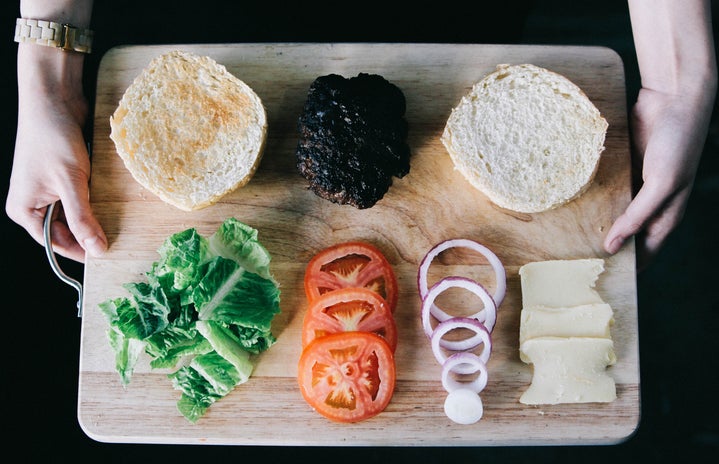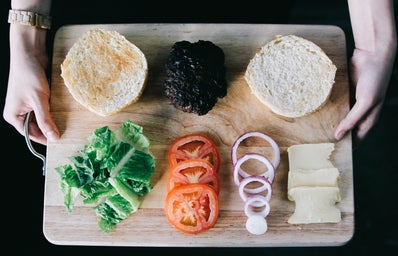There’s been a lot of information coming up these past few years about what to eat and what not to eat. A lot of different, confusing words have been getting thrown into the mix, and honestly, it’s been a bit tough to keep up. People are a lot more conscious about food than even just a decade and a half ago and scientific discoveries in nutrition about “superfoods”, “carcinogenic foods” and such have been plastered on front pages all over the place. It seems like everything is set out to give us cancer, eventually, amiright? And have you seen the online articles yet about the foods that you thought were good (bananas, avocados, etc.) being bad for us? There’s a lot going around, but I’m going to try and clear up a few of those misconceptions.
Genetically Modified Organisms (GMO’s) – There’s been a LOT of talk about these. On food labels, you might’ve noticed those little symbols for the Non GMO project, which has given these things a bad rap. A GMO is an organism (plant, animal, etc.) that has had its DNA altered by man. GMO’s are made to better a product for consumption or use, typically. GM (genetically modified) foods have to be tested for safety before being put on the market, and none available to the public are causing negative health effects. My conclusion? GMO’s are NOT bad for you. They’re just something new to us. This WHO article answers a lot of questions, if you want to read more!
Organic – I cannot tell you how many times I’ve seen this word get thrown around, and it was tough to find a source that wasn’t super biased about it. Organic has to do with how the food is grown; USDA-approved organically grown foods must use fertilizers and pesticides derived from natural sources. Non-organic foods typically use synthetic fertilizers and pesticides. Is there a downside to this? To be honest, studies haven’t shown too much of a difference between the two. Non-organic foods don’t exceed the government safety levels in pesticide or fertilizer use, and they haven’t shown a difference in the nutritional value of the food. Organic food just seems to cost a bit more! Click here to learn more.
High Fructose Corn Syrup (HFCS) – HFCS is, in an essence, corn syrup with fructose added to it. Cereal, snacks, and a few other foods have been making sure to start adding “no high fructose corn syrup” to their labels. Why? There’s a common misconception that we don’t metabolize fructose or fructose-containing sweeteners the same as pure cane sugar. This, however, is false; whether it be HFCS, raw sugar, evaporated cane juice, dextrose, or the like, it’s all sugar. Our daily sugar limit should be about 25 grams/day, no matter the name of the sugar. The FDA explains it a little further in this article.
I could go on forever about food ideas that the media has twisted! For now, however, I’ll just leave you with just a few more articles about foods that have gotten a lot of attention:
-
Artificial sweeteners (Splenda, Sweet N’ Low, etc.)
-
Antibiotics (used in meat)
-
Wheat (whole wheat, white wheat, ancient grains, etc.)
If you’ve been contemplating changing your diet completely because of what you’ve seen in the media, hopefully this cleared a few things up for you (and maybe helped you decide not to stop eating your favorite foods)!

